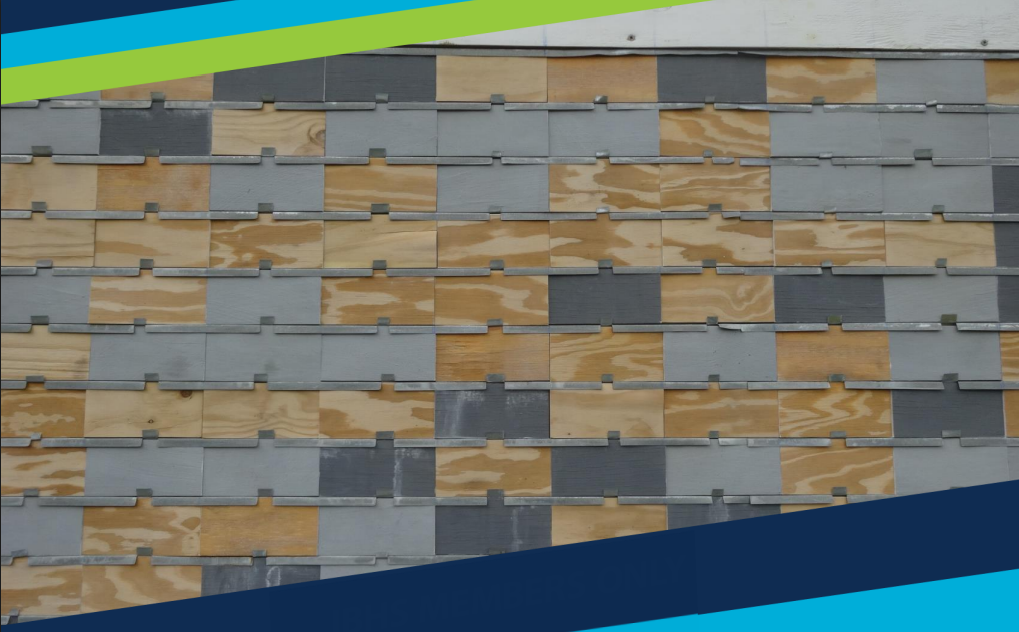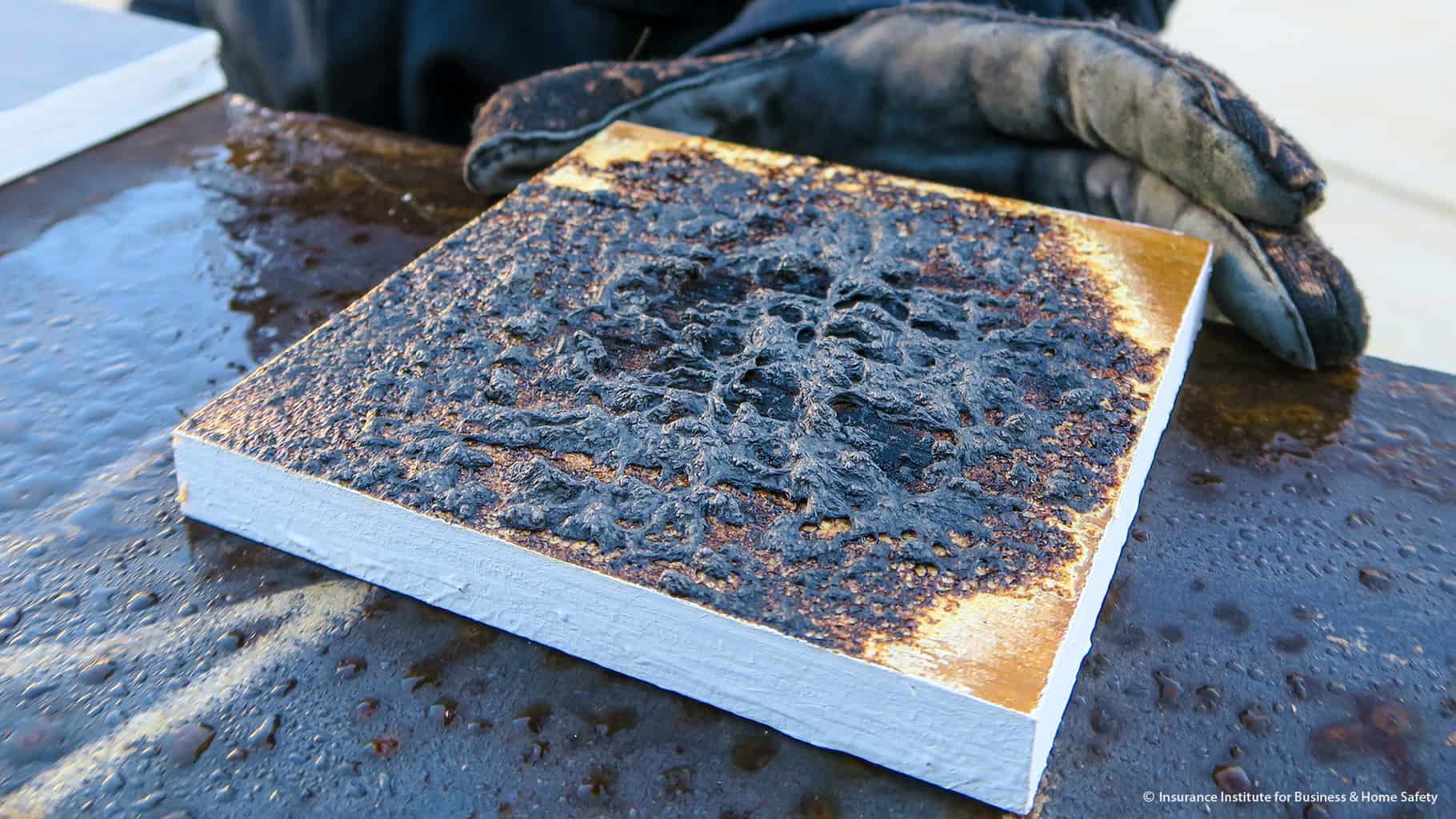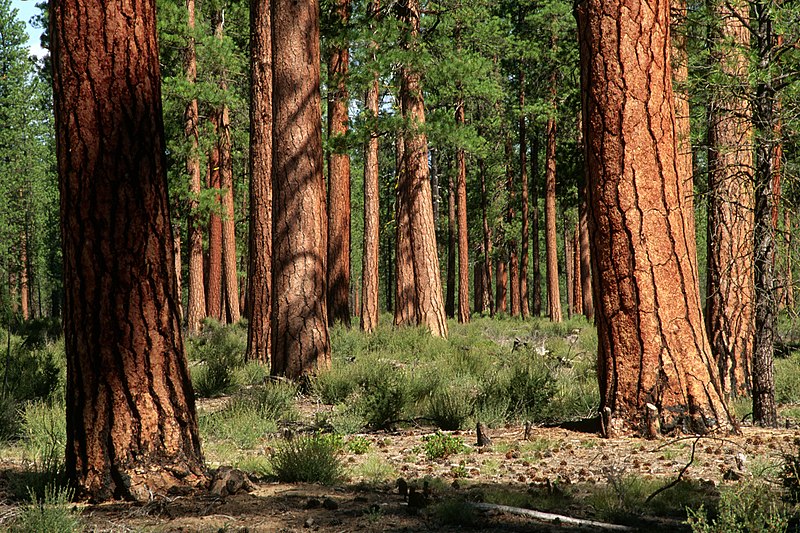Fire-retardant coatings are often marketed as an easy answer for protecting homes from wildfire, but do they live up to the hype? We’re breaking down what’s really known about these coatings, why they may fall short and what steps actually make homes safer from wildfire.
The Big Question: Do They Work?
The short answer: not for long.
The Insurance Institute for Business & Home Safety (IBHS) carried out a comprehensive study, testing several leading brands of exterior fire-retardant coatings. They applied the coatings to siding and left them outside for up to a year to see how they would hold up.
Here’s what they found:
- Most coatings lost their fire resistance in just a few months. Sun, rain, and temperature swings broke them down quickly.
- Some didn’t work at all — even before weather exposure.
- By the three-month mark, none of the tested coatings offered meaningful protection compared to untreated wood.
In other words, these coatings might sound durable, but in real-world outdoor conditions, they provide little to no long-term benefit.

An outdoor test wall was used to evaluate the durability and fire performance of various fire-retardant coatings applied to wood and other materials under real-world weathering conditions. Image courtesy of Insurance Institute for Business & Home Safety.
What About Gels and Special Paints?
Some products, like gels, are meant to be applied right before a wildfire arrives. These can offer a few hours of protection, but only while they’re wet. The protection disappears as soon as they dry, evaporate or wash off with rain or sprinklers.
They may offer small, short-term benefit in an emergency, but they’re not a suitable replacement for making lasting mitigation improvements to your home.

A fire-retardant coating is tested at the IBHS test lab. When exposed to high heat, the freshly applied fire-retardant coating chemically reacts by expanding and forming a thick, bubbled char layer. Image courtesy of Insurance Institute for Business & Home Safety.
Why Performance Falls Short
The failure of fire-retardant coatings comes down to three main elements:
- Outdoor weather is tough. Sun, wind, rain, snow and temperature swings quickly break down coatings.
- Coatings peel, flake or erode. Once that happens, they’re no longer effective.
- No standardized testing exists. Manufacturers can claim their coatings last for years, but there’s no independent proof to verify these claims.
Because of this, wildfire experts and building codes do not recommend coatings as a main line of defense at this time.
What Does Work?
So, what should Boulder County homeowners do to keep their homes safer? The good news is that there are proven, effective ways to effectively mitigate your home. Check out our home mitigation basics webpage to start your mitigation journey. Some of the steps could include:
- Protect your home’s base. If building a new home, choose fiber-cement, stucco or metal siding. Consider ignition-resistant decking. For homes already built, add six inches of metal flashing to the base of your structures.
- Install ember-resistant vents. 1/8” metal screening block embers from getting inside your home.
- Maintain defensible space. Keep the first five feet around your home free of flammable plants, wood piles or debris. Clear under decks and porches, too.
- Landscape wisely. Choose low-flammability plants and space them strategically.
The Bottom Line
While the idea of a quick, spray or paint solution is tempting, peer-reviewed research and field tests show that fire-retardant coatings don’t provide reliable, long-term protection for home exteriors.
For real peace of mind, focus on hardening your structure and defensible space around your home. These proven strategies are the foundation of wildfire resilience for Boulder County homes.


Comments are closed.